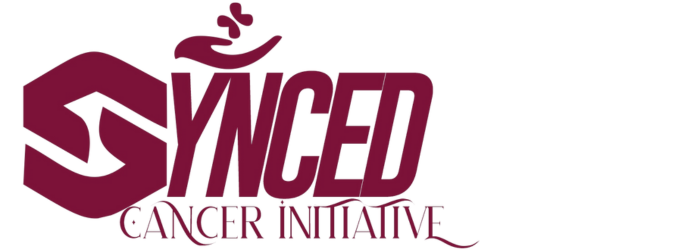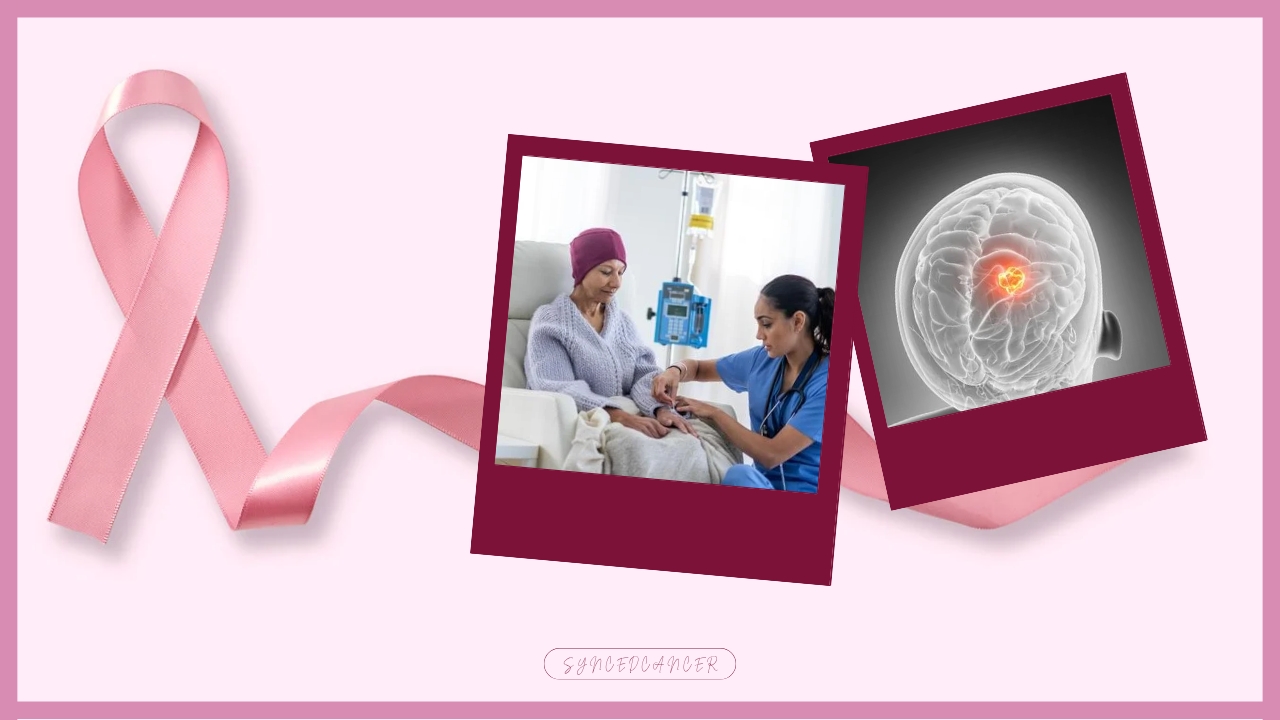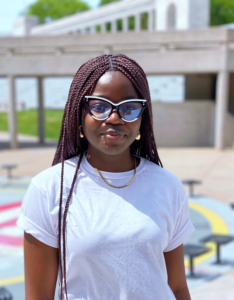Patients with cancer should think of themselves as a beautiful flower garden, with the cancer as a weed trying to take hold. Surgical oncologists are the ‘weed-pullers’. For breast cancer, they might perform a lumpectomy or mastectomy to remove the tumour and sometimes nearby lymph nodes, aiming to pull out the weed, roots and all, when possible. Radiation oncologists act like gardeners using a magnifying glass on a sunny day, focusing precise energy beams on the affected area, such as the breast or chest wall. They do this to burn away any remaining cancer cells after surgery or to target specific growths.
And medical oncologists, they are like a weed killer, spreading it throughout the garden to attack cancer cells that may have spread beyond the breast or lymph nodes.The aim of these oncologists is to shrink the weeds, making them easier to remove surgically or keeping them small so the flowers—your healthy cells—can keep blooming. In other cases, like with metastatic breast cancer, they aim to stop the weeds from growing larger or spreading further, allowing them to coexist with the flowers without overtaking the garden.
Chemotherapy and Breast Cancer cells growth
Chemotherapy for breast cancer works like a targeted weed killer in your flower garden, slipping into newly forming cancer cells to destroy them as they try to grow. Its effectiveness depends on how quickly those weed-like cancer cells are dividing.
Ironically, patients with slow-growing breast tumours think of them as ‘lazy weeds’, may not see their tumours shrink as quickly as those with aggressive, fast-spreading cancers, like some triple-negative or HER2-positive types. That’s because chemotherapy thrives on catching rapidly dividing cells. To give it time to work, two cycles of chemotherapy, like about 6 to 9 weeks before reassessing how the weeds, cancer cells, are responding using imaging like mammograms or MRIs to check if the cancer is shrinking or stabilising in your garden.
If your flowers, healthy cells are thriving and you’re tolerating the chemotherapy well, extending this to 12 weeks before reassessing is great. However, if the weeds are causing significant symptoms, like pain or swelling, or the chemotherapy is causing severe side effects, it could be restaged sooner to care for your garden effectively.
Symptoms and Relief
The goal of chemotherapy for breast cancer is to shrink or eliminate the tumour. Think of it as targeting the weeds in your flower garden, hoping to see your symptoms gradually ease as the treatment works. For instance, if you’re experiencing breast cancer symptoms like a lump, swelling, or skin changes, you might notice the lump getting smaller, less tenderness, or reduced swelling in the breast or lymph nodes as the weeds shrivel.
When chemotherapy works in your garden, you might also feel less pain, like less discomfort in your chest or breasts. Your flowers (healthy cells) will bloom brighter thanks to increased energy levels. As the cancer’s hold on your garden lessens, you’ll feel better overall. With fast-responding tumours, such as HER2-positive or triple-negative types, some patients may experience symptom relief as soon as two to three weeks after beginning chemotherapy.
For other breast cancers, particularly with slower-growing tumours like hormone receptor-positive cancers, it may take two to three months to see noticeable changes. Occasionally, chemotherapy side effects like fatigue or nausea might make you feel worse before the symptoms improve, as the weed killer works to clear out the cancer.
Other times, chemotherapy might be effectively targeting the breast cancer weeds, but you feel worse because the weed killer (chemotherapy) can be tough on your body’s healthy flowers. In these cases, patients make a careful decision: should they lower the dose, skip a cycle, or switch to a different drug to ease side effects like fatigue, nausea, or hair loss, while still keeping the garden healthy. Generally, when you start feeling better, perhaps with less pain in the breast, reduced swelling, or more energy, it’s a sign the chemotherapy is working, shrinking the weeds and letting your flowers bloom brighter.
Tumors Detection and Chemotherapy
In your breast cancer flower garden, the clearest way to check if the weeds (tumors) are shrinking or growing is through imaging scans, like mammograms, MRIs, or ultrasounds. However, sometimes inflammation or infections can make a tumor appear larger on scans, a bit like weeds looking bigger due to extra soil clumping around them, known as fake progression.
Without doing a biopsy, which can be too invasive or impractical for some breast cancer cases, time is often the best way to tell if the tumor’s apparent growth is real progression or just temporary inflammation. We may need to wait and re-scan to see if the weeds are truly spreading or if the garden is stabilizing.
Conclusion
The treatment of breast cancer is similar to caring for a flower garden, with chemotherapy acting as the weed killer that eliminates invasive cancer weeds. Depending on the type of cancer and each person’s reaction, tumour shrinkage can vary; some people notice changes in weeks, while others notice changes in months.
Progress is tracked by scans, but inflammation can obscure results, making them difficult to interpret. Side effects may challenge your garden’s vibrancy, yet feeling better often means the weeds are shrinking. Every breast cancer patient’s garden is unique. your treatment plan depends on factors like the cancer’s stage, hormone receptor status, or size and location. So, your care is to understand the specific goals of your chemotherapy and how long it might take to see results.











What do you think?
It is nice to know your opinion. Leave a comment.